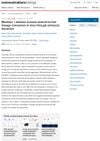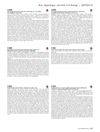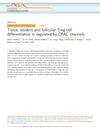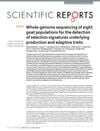STIM1 R304W in Mice Causes Subgingival Hair Growth and Increased Trabecular Bone Fraction
November 2019
in “
Cell calcium
”
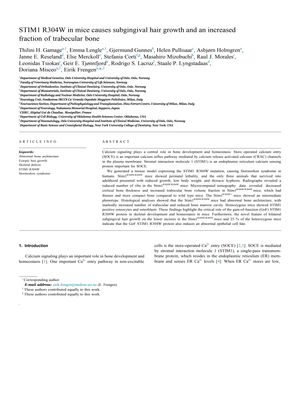
TLDR The STIM1 R304W mutation in mice leads to bone changes and teeth hair growth.
In a study from 2020, researchers investigated the effects of the STIM1 R304W mutation, associated with Stormorken syndrome in humans, by creating a mouse model. The homozygous Stim1R304W/R304W mice exhibited perinatal lethality, with only three surviving into adulthood, showing reduced growth, low body weight, and thoracic kyphosis. Radiographs indicated a reduced number of ribs, and microcomputed tomography showed decreased cortical bone thickness but increased trabecular bone volume fraction, leading to thinner and more compact bone compared to wild type mice. Histological analysis revealed abnormal bone architecture with an increased number of trabeculae and a reduced bone marrow cavity. Additionally, a novel phenotype of bilateral subgingival hair growth on the lower incisors was observed in the homozygous mice and 25% of the heterozygous mice. These findings underscore the significant role of the gain-of-function STIM1 R304W protein in skeletal development and suggest it may also influence abnormal epithelial cell fate.
